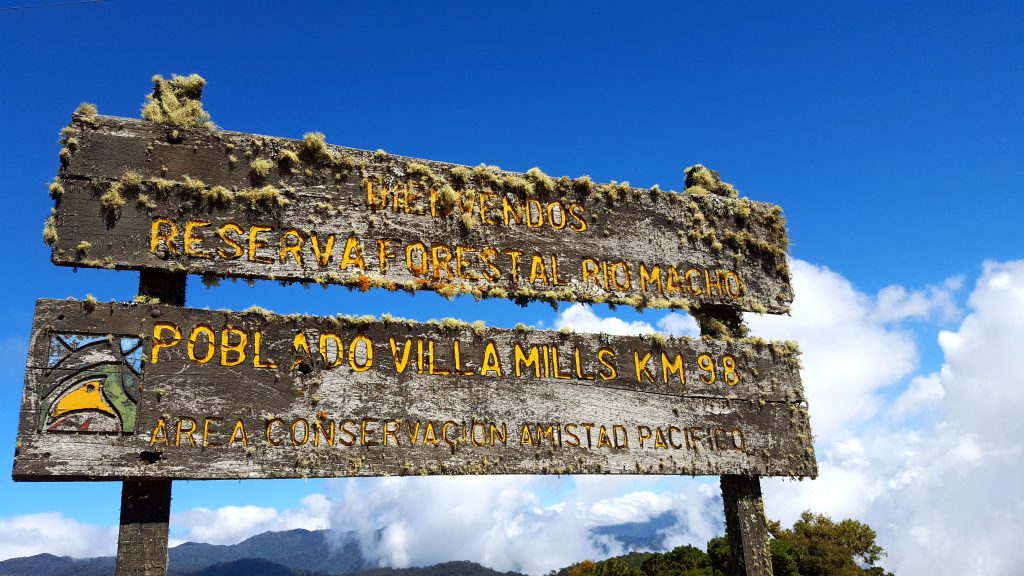
After the last couple of weeks at Palo Verde National Park, we packed up our sunburns and headed off to a new location. Destination: Cuericí Biological Station, high in the Talamanca mountain range of Costa Rica. Much of the area is a recently restored montane oak forest, courtesy of landowner Don Carlos who works to strike a balance between forest preservation and sustainable rainbow trout farming.
In addition to the grass, Cuericí boasts other similarities to the Midwest. The chilly conditions and extreme temperature variability encourage the same plant adaptations as areas with high seasonality. Glabrous, waxy leaves help plants conserve moisture under high-altitude sun, rosette-shaped growths trap heat in the face of chill winds, and shrubby growth forms persevere in the rocky, low-nutrient soil. Many plant families common in the temperate zone also populate high altitude tropical environments.
Because of that, this week I walked through an oak forest! In the tropics! I’ve never felt more at home whilst being so far away from home. The leaves of Quercus costaricensis are not as deeply lobed as the Quercus velutina I know, but their shiny coating and loud crunch underfoot are the same wherever you go. Unlike at home, the oak trees here sport brilliant red bromeliads and are draped with large webs of moss that subsist on atmospheric moisture from passing clouds.
If you climb even higher, the forest turns to large stands of bamboo, and then to páramo. Páramo, or “alpine tundra” exhibits all of the high-altitude adaptations to the extreme. Few woody plants can grow so high, so the páramo consists mostly of grass and rosette-shaped herbaceous plants. It’s a bit like a rocky prairie, but less fun for acrophobiacs.
We’re only here for a week, but I think I’ve fallen in love with this place. The hot chocolate is incomparable, the stars blaze brilliantly in the night sky, and the happy farm dogs are my new best friends. It’s still college, though; I’d better be off to study for my next exams! I’ll leave you with a few more photos.